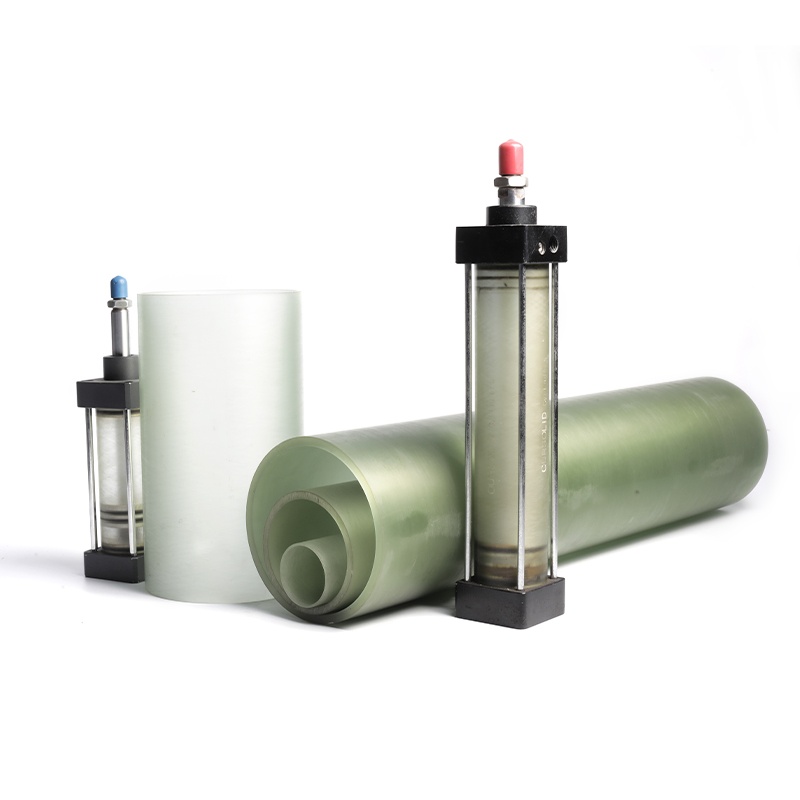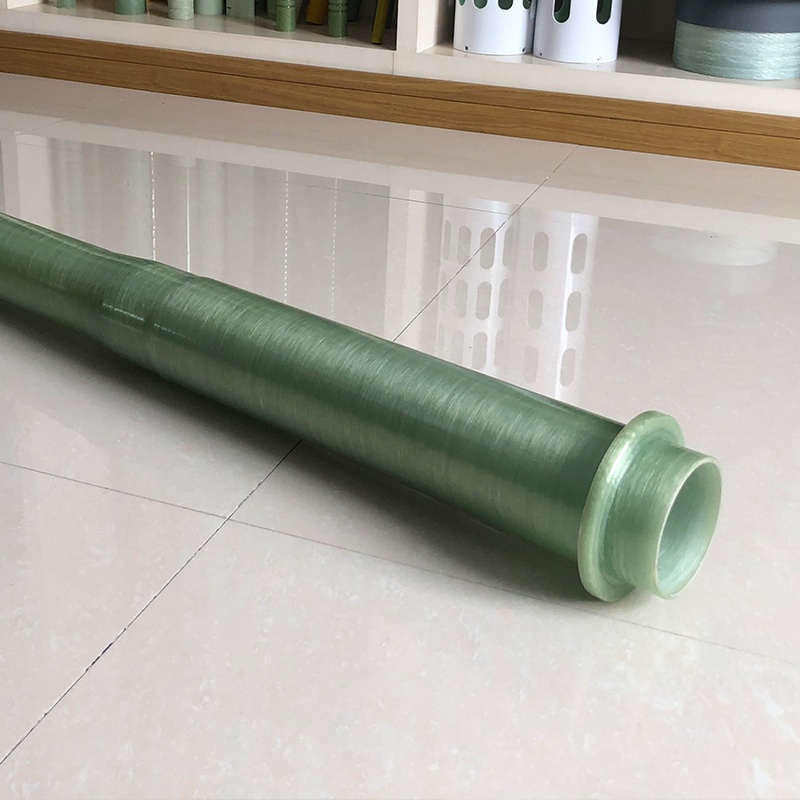Why are FRP Prices Expensive?
FRP, which stands for Fiber Reinforced Plastic, is a high-strength composite material. Similar materials to FRP include fiberglass, carbon fiber, and aramid fiber. This material has various advantages such as high strength, lightweight, and corrosion resistance. It has a wide range of applications and is considered an economical alternative to carbon fiber. Although FRP prices are relatively high, they are significantly lower compared to carbon fiber, making FRP a cost-effective fiber material.

Why are FRP Prices Expensive?
The high cost of FRP is attributed to several main factors, including the high cost of raw materials, complex manufacturing processes, stringent quality control standards, and the need for customized designs based on specific requirements. These factors contribute to the high cost of FRP.
1. Raw Materials: The raw materials required for FRP production, including resins, fibers, and additives, are expensive. High-performance resins and advanced fibers such as carbon fiber often have higher prices, thus increasing the overall cost of FRP.
2. Manufacturing Processes: The manufacturing process of FRP involves complex techniques, including molding, curing, and surface treatment. These processes require specialized equipment, skilled labor, and quality control measures, all of which add to the production cost.
3. Quality Control: FRP manufacturers must adhere to strict quality control standards to ensure the performance and durability of the final products. This involves rigorous testing, inspection, and compliance with industry certification requirements, which increase production costs.
4. Customization and Design: FRP can be customized according to specific requirements, such as shape, size, color, and texture. Customization often incurs additional costs as it requires specialized molds, tools, and design expertise.

PVC vs. FRP: Price Comparison
Cost per Square Foot of FRP Panels
The price of FRP panels varies based on multiple factors, including the manufacturer, panel thickness, surface treatment, and order quantity. On average, the cost of FRP panels ranges from $2 to $10 per square foot. However, it is recommended to obtain detailed quotes from suppliers or manufacturers for accurate pricing information.
Economical Alternatives to FRP

If cost is a significant consideration, there are alternative materials to FRP that offer more competitive pricing while providing similar characteristics. Here are some alternatives to consider:
PVC Panels: PVC panels are lightweight, easy to install, and cost-effective. They have good chemical resistance and are suitable for applications that do not require high strength or extreme durability.
PVC Panels: PVC panels are lightweight and cost-effective. They have good chemical resistance and durability, making them suitable for various applications such as interior decoration and wall coverings.
Aluminum Alloy: Aluminum alloy is a commonly used metal material that is relatively inexpensive. It has good strength and corrosion resistance, making it suitable for applications that require high strength and weather resistance.
Cost of FRP Installation
Conclusion

